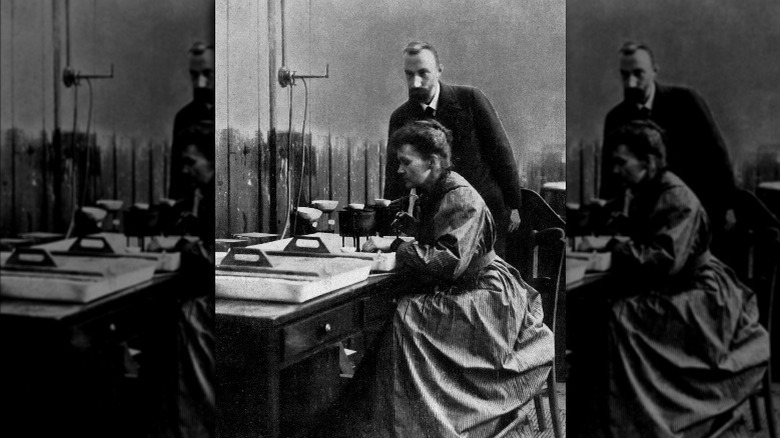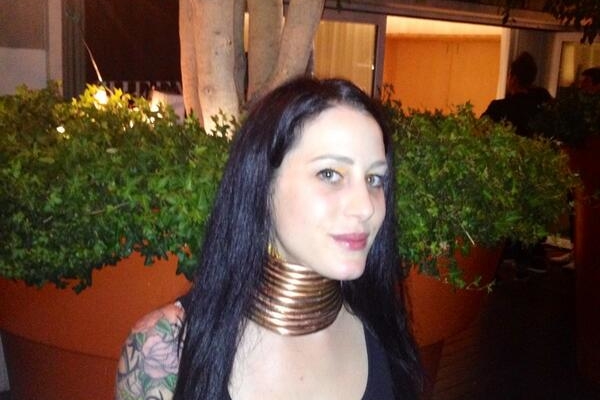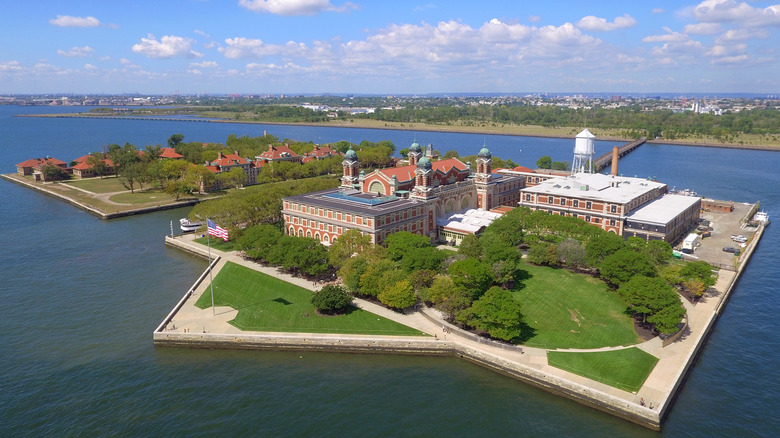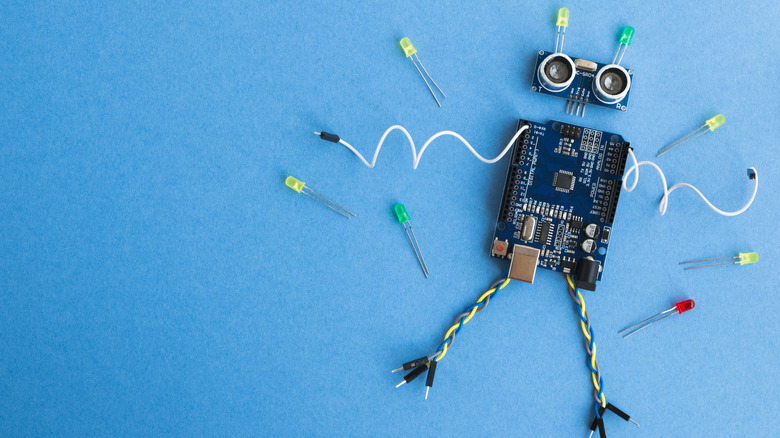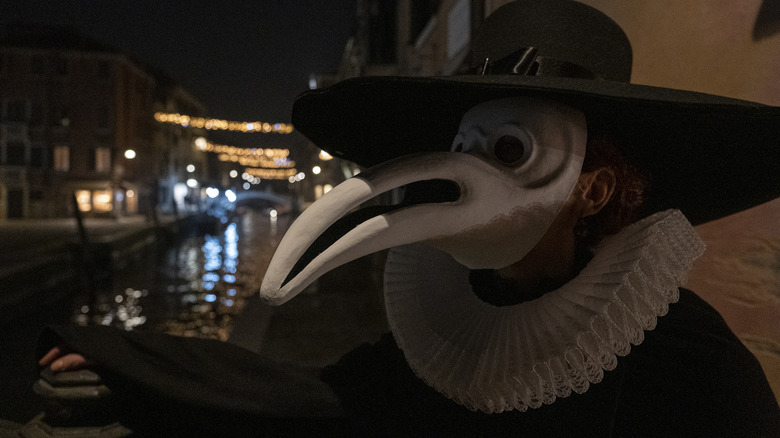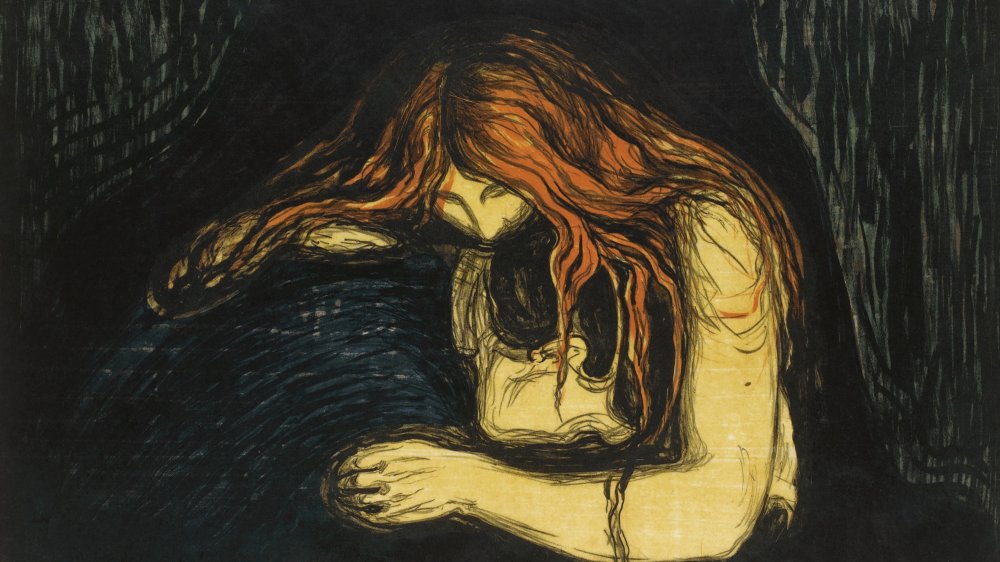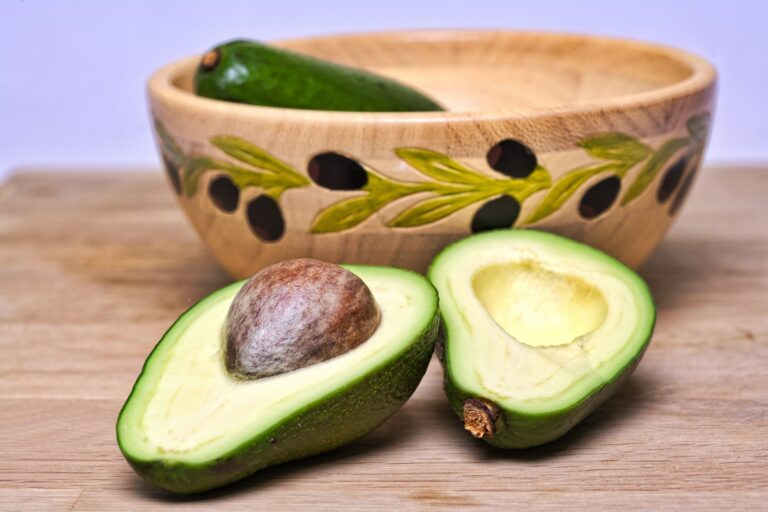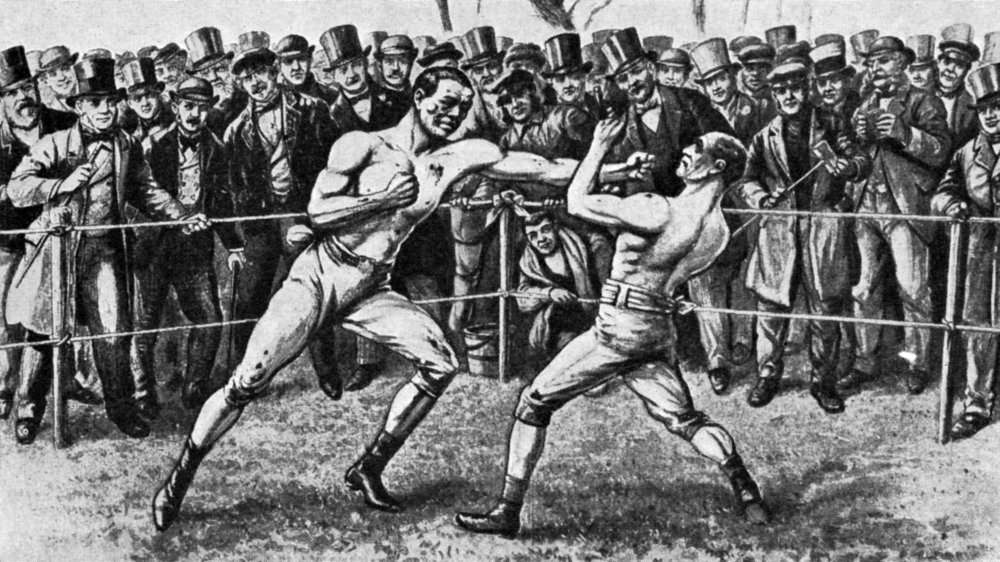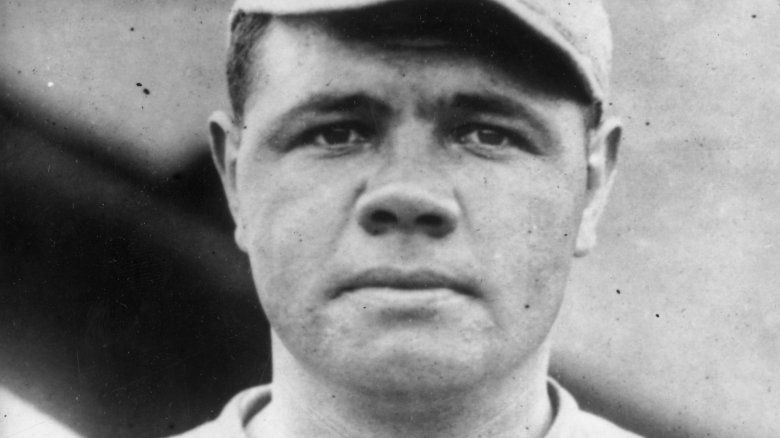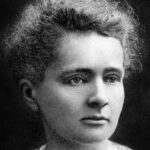
Why Marie Curie’s Most Important Work Was Done In A Shed
Physicist Marie Curie is a great figure in the scientific community, having been the first person to win two Nobel Prizes — one in physics and the other in chemistry. One of her most important works in the field of science is the discovery of radium and polonium, and the research behind it was a giant task that couldn’t be carried out in the laboratory where she usually worked.
Marie Curie collaborated with her husband Pierre Curie to prove that they had discovered two new elements. In order to do that, they had to produce several amounts of the elements and determine their characteristics (via NobelPrize.org). The Curies needed a large room where they could separate and analyze the elements they were working on, and their laboratory simply wasn’t big enough. Fortunately, Pierre’s colleague knew of an unused shed that the couple could utilize for their scientific experiments. Despite having enough space for the work to be done, the shed was far from an ideal laboratory environment.
Marie Curie used a dilapidated shed as a laboratory
Marie Curie spent most of her time in the shed working on her discovery in the 1890s. The conditions were bad, as the shed turned extremely hot during the summer and was freezing in the winter. The shed’s glass roof also didn’t provide complete protection from the harsh elements, according to GE Healthcare. Trish Baisden, a senior chemist, described the conditions in Curie’s makeshift laboratory. “Large swings in temperature and humidity undoubtedly affected the electrometer … but Marie’s patience and tenacity prevailed,” she said (via Smithsonian Magazine).
Curie’s hard work and persistence paid off when she and her husband Pierre, together with A. Henri Becquerel, were awarded the Nobel Prize in physics in 1903. There were hindrances that she had to overcome before that, however, as the French Academy of Sciences quietly rallied against having a woman winning a Nobel Prize. Instead, they wanted to attribute her work to Pierre Curie and Becquerel only. Pierre insisted that his wife was the one who conducted experiments and came up with the theories, and therefore should be recognized as well. The awarding body eventually agreed, making Marie Curie the first woman to receive a Nobel Prize.
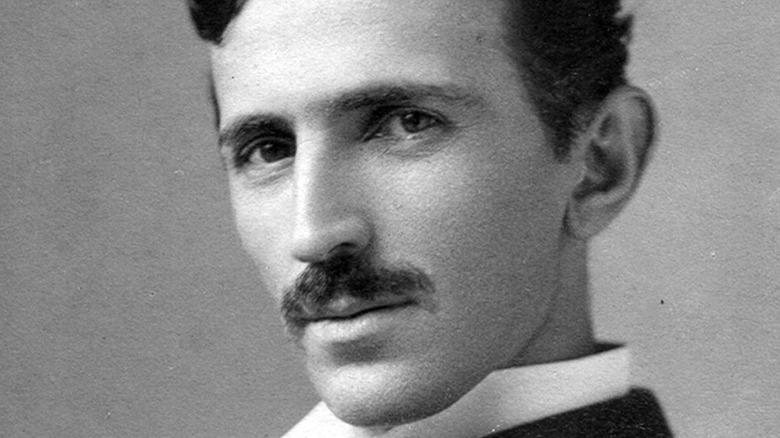
10 Best Nikola Tesla Inventions

Actors Who Died Right At The Peak Of Their Fame
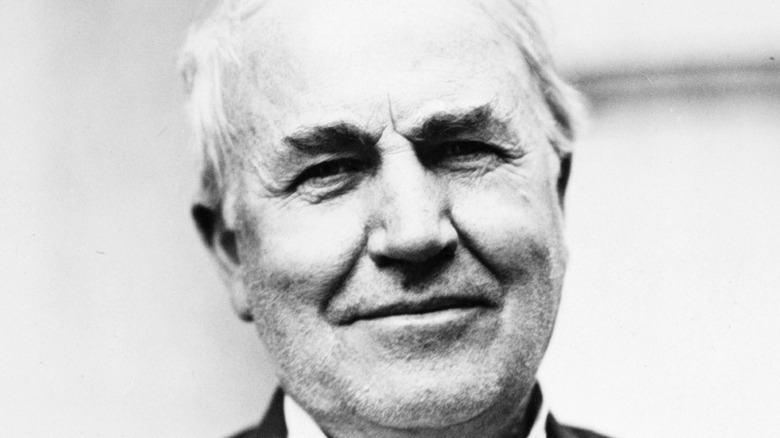
Thomas Edison's Feud With George Westinghouse Explained

The Rolling Stones: What Happened To Every Former Member?

The Mysterious Death Of The Man Known As Peter Bergmann
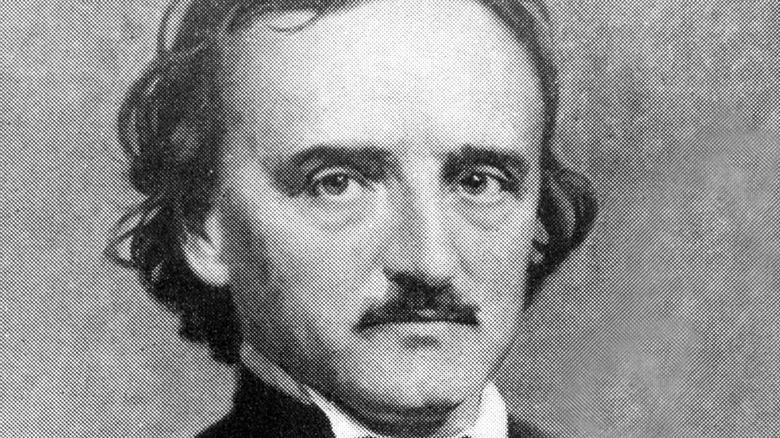
The Real Reason Edgar Allan Poe Went Broke
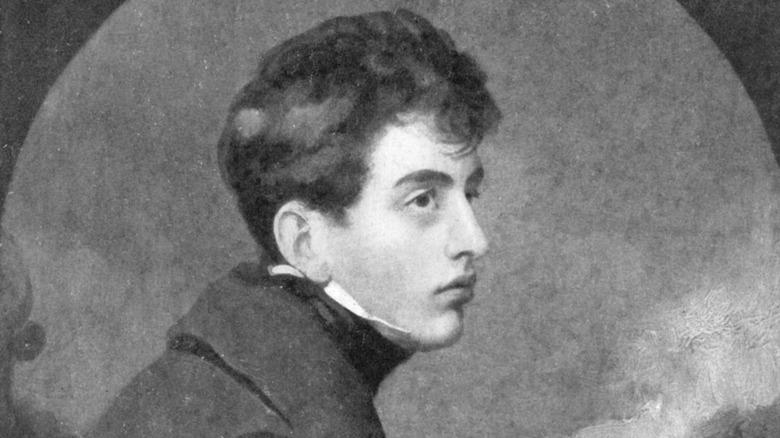
The Truth About Lord Byron's Marriage
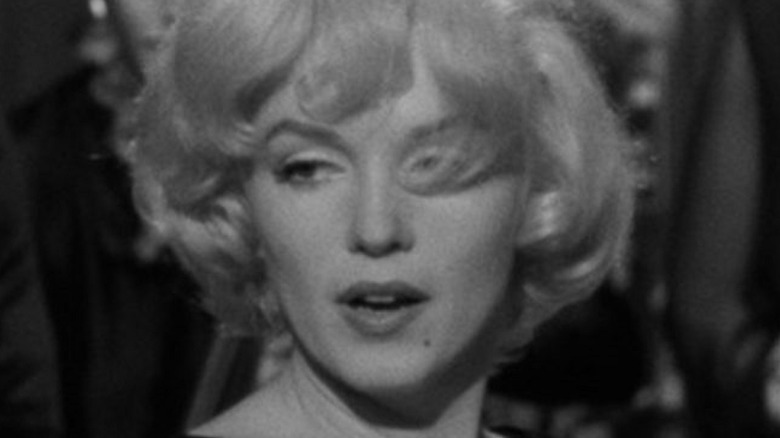
What It Was Really Like The Day Marilyn Monroe Died In 1962

The Surprising Place Alcatraz Prison Guards Lived

Details You Didn't Know About Serial Killer Andrei Chikatilo
